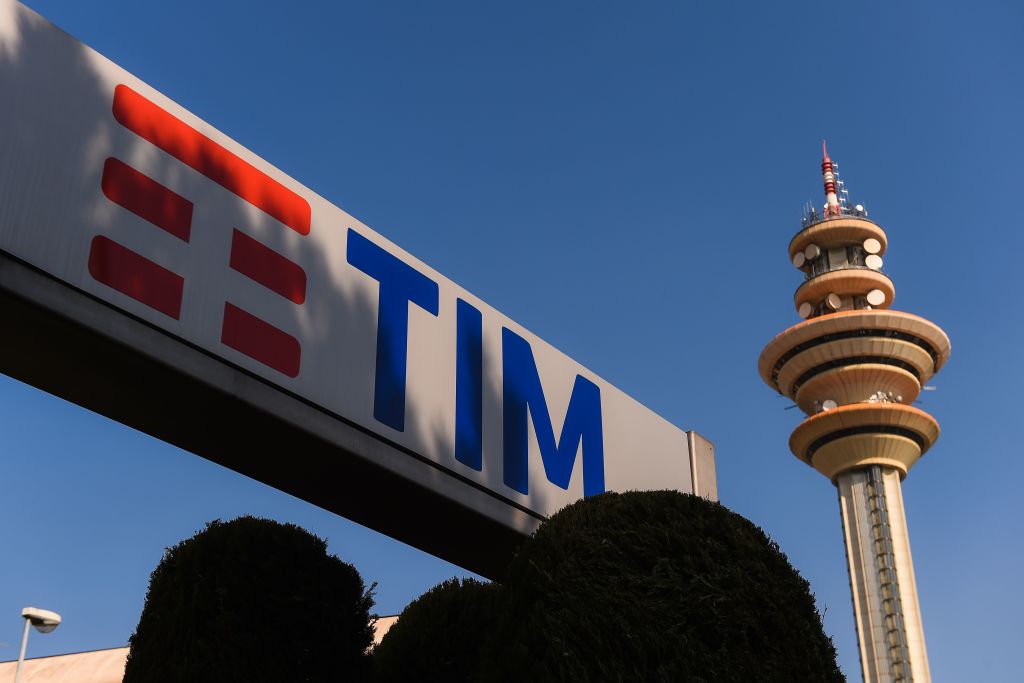Internet Traffic is Surging But The Pipes Aren’t Bursting YetInternet Traffic is Surging But The Pipes Aren’t Bursting Yet
Barring the odd localized glitch, this seems to be one industry that can cope with coronavirus-induced turmoil without massive state intervention.
March 20, 2020

Daniele Lepido, Thomas Seal and Natalia Drozdiak (Bloomberg) -- Planes are grounded, factories shuttered and cities on lockdown. Yet data -- the lifeblood of the modern economy -- keeps flowing.
Widespread fears that communication networks would fail when they’re most needed are proving unfounded as internet traffic surges to records. Broadband providers are adapting to a new world of enforced teleworking, home learning, families staying in touch through FaceTime and toddler groups streaming nursery rhyme sing-alongs.
Barring the odd localized glitch, this seems to be one industry that can cope with coronavirus-induced turmoil without massive state intervention. And a telecommunications sector that was the European stock market’s worst performer over a decade is looking like one of the safer bets for panicked investors.
The swings in demand have been big, and sudden. In Spain, online gaming activity grew almost threefold last week when kids were sent home from school, while WhatsApp usage surged sevenfold. Britain’s BT Group Plc said daytime traffic has increased by as much as 60% -- peaking around the time of Prime Minister Boris Johnson’s daily press conferences on the pandemic.
Amazon.com Inc.’s night-time website traffic in Italy quadrupled from an average of 5 gigabits per second before the virus outbreak to about 20 Gbps this week as housebound citizens turned heavily to e-commerce, according to people familiar with the situation. Telecom Italia SpA said fixed-line data volume was up more than 90% and mobile data more than 30% since the country went into lockdown.
“A serious outage of Italian networks due to last week’s surge in internet traffic is a very unlikely scenario for the country, even if it’s not impossible,” said the chairman of Italy’s communications watchdog, Angelo Cardani, in a phone interview.
Wary that chaos in other industries could spill into the communications sector, European Union internal market commissioner Thierry Breton called on the streaming platforms on Wednesday to stop distributing high-definition video and ease pressure on networks. Netflix Inc. and Google’s YouTube have responded by promising to limit their streaming bit rates.
The government bodies that oversee the communications industry say they’re willing to allow broadband providers to shove bandwidth-hogging video and gaming platforms into a data slow lane to prioritize more important traffic when networks are at risk of overload. The practice is banned during normal times under so-called net neutrality rules designed to ensure equal treatment for all internet users.
The telecom companies would need to inform regulators if they did resort to data throttling, as the practise is called. There’s no sign of that yet.
Here’s how the industry is taking the data surge in its stride:
Data Centers
Google has doubled how much data it can put through Italy’s main internet exchange in Milan to cope with extra activity on its servers, according to people familiar with the matter. Microsoft Corp.’s internet traffic going through the Milan Internet Exchange grew 150% because of the coronavirus pandemic, the people added. Recent investment in data centers means there’s extra processing capacity to switch on that can be sent via new, faster data ports, said Michael Winterson, managing director at data center and colocation provider Equinix Services Ltd. in the U.K.
Managing Peaks
The extra online activity is occurring mostly in the daytime -- outside the evening window when volumes tend to be highest. BT says daytime traffic is still only about half of the standard evening peak level. When it handled a record 17.5 terabits of data on March 10, the peak was in the evening. At that time, an update to the online video game “Red Dead Redemption 2” and the release of “Call of Duty: Warzone” came as major Champions League soccer matches were underway.
Streaming Test
Netflix and YouTube’s offer to turn off high-definition video is unlikely to ruin the experience for people stuck indoors and in need of entertainment. Netflix can already tweak bit rates in real time to fit available bandwidth while ensuring a decent picture quality and minimizing interference with other internet traffic. The next big test comes when the Disney+ video platform launches across Europe on Tuesday.
Mobile Glitches
Wireless connections and call quality can be patchy at the best of times and the system is under greater strain as many users desert big urban centers for the provinces, where network capacity tends to be lower. Swisscom AG’s mobile network suffered outages it blamed on an “overload” caused by a spike in call numbers. Three UK is handling 40% more voice calls than last week. Calls over the British O2 network have also jumped, and have never been so long, partly because people are waiting in queues to speak to banks and airlines, according to an O2 manager, who asked not to be named discussing internal figures. What’s helping is that people are traveling less and cellphones can connect to WiFi when they’re at home, which means less pressure on wireless networks. A major U.K. mobile outage on Tuesday was not related to pressures on the network from coronavirus, according to BT’s wireless carrier EE.
About the Author
You May Also Like









